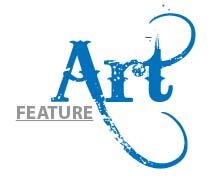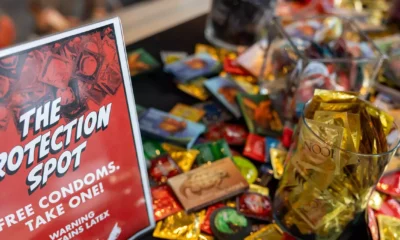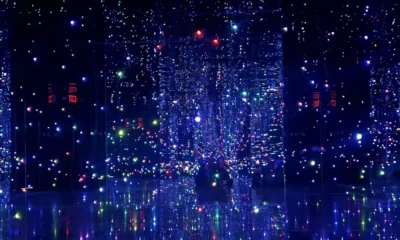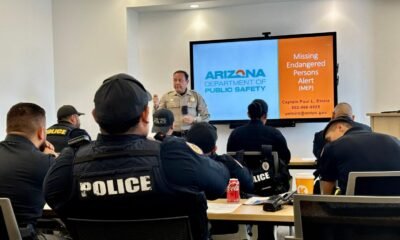Features
Art is Essential: Unleashing Creativity in Everyday Life

In a recent column, the focus turned to the vital subject of creativity—its various facets, methods of enhancement, and ways to promote creative thinking among individuals. The belief that creativity can be nurtured, developed, and learned stands central to this exploration.
Research into creativity dates back to the 1950s, when psychologist J.P. Guilford introduced tests aimed at evaluating divergent thinking and problem-solving abilities. Paul Torrance later modified these assessments in the 1960s, categorizing vital components of creative thinking into four areas:
– **Fluency**: The volume of interpretable and relevant ideas generated in response to a prompt.
– **Flexibility**: The diversity of categories represented in relevant responses.
– **Originality**: The rarity of the responses statistically.
– **Elaboration**: The level of detail present in the responses.
This article will delve into the concept of originality. A quote from Mark Twain highlights the essence of this idea: “Substantially all ideas are second-hand, consciously and unconsciously drawn from a million outside sources, and daily use by the garnerer with a pride and satisfaction born of the superstition that he originated them.”
Renowned artist Pablo Picasso famously remarked, “Art is Theft,” reflecting the understanding that creativity builds upon prior work. This belief underscores the importance of art history and appreciation, which can serve as vital sources of inspiration. Many aspiring artists and creative thinkers benefit significantly from immersing themselves in resources found in nature, online platforms, museums, and artist gatherings.
A practical approach for fostering creativity can involve structured exercises. For instance, educators can introduce specific activities to encourage deeper exploration of ideas. A notable exercise is the Incomplete Figures Task, developed by Kate Frank. Participants are tasked with completing figures in the most unconventional way they can imagine. Encouraged not to settle for initial thoughts, individuals are urged to push their creative boundaries.
Engaging in such activities cultivates an understanding of the creative process, reinforcing the idea that true originality often emerges from persistent exploration. The advice to refrain from immediately accepting first, second, or even third ideas can catalyze a more profound creative output.
Ultimately, embracing creativity is essential. Artistic expression enriches communities, allowing for personal and collective growth. Events organized by local arts leagues, such as the Sonoran Arts League, offer opportunities to connect with fellow artists and participate in enriching experiences.
— Judy Bruce


















